I Think It's Nice That We Share The Same Sky ✰ aftersun (2022) Dir. By Charlotte Wells






i think it's nice that we share the same sky ✰ aftersun (2022) dir. by charlotte wells
More Posts from Luhuhul and Others



Rick and Morty

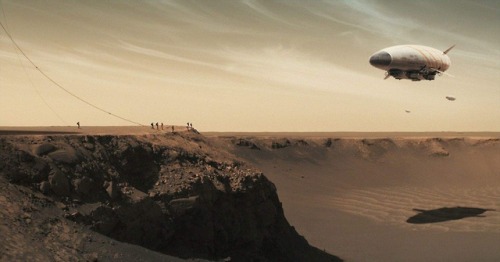
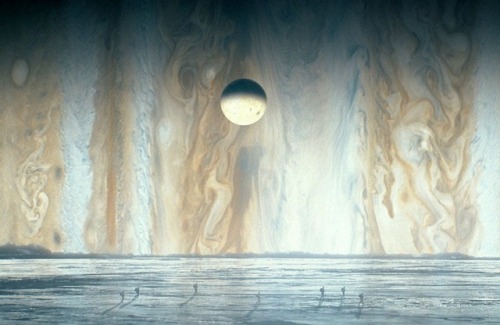

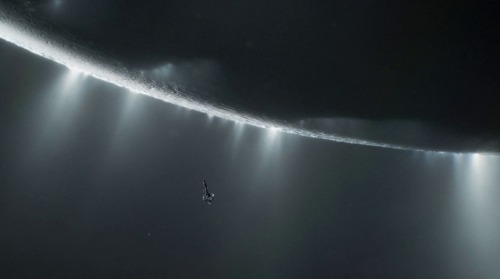
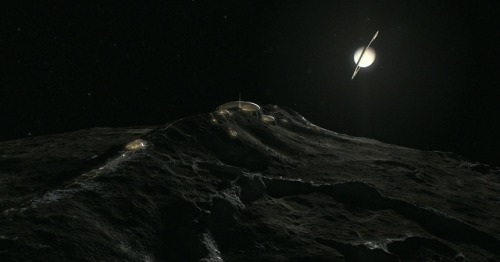
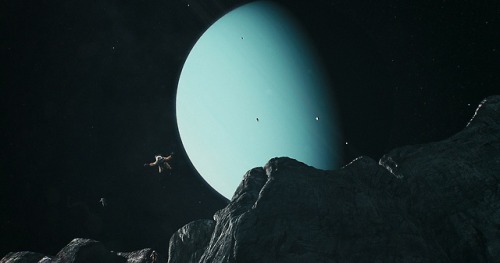
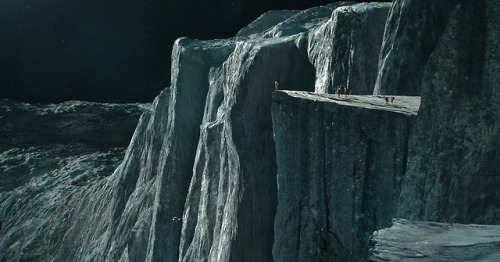

Will we one day explore the worlds of our solar system? How long will this take?
We have a diversity of worlds in our solar system. Majestic places…
Imagine being able to visit Mars and its hostile climate. Imagine being able to visit the moons of Jupiter, observe Io: the volcanic moon, Europa, the frozen moon and Ganymede a moon larger than Mercury itself and that has its own magnetic field. Imagine visiting the moons of Saturn and maybe passing close to your rings… Imagine orbiting or floating through Titan’s atmosphere and closely watching its lakes and seas of methane and liquid ethane. Imagine getting to know the geysers of Enceladus, the valleys of Tethys, and the craters of Mimas… Imagine being able to see the moons of Uranus and have a view of Verona Rupes, the largest cliff of the solar system, located in Miranda. Imagine being able to be in Triton and to be able to observe the cold and azualdo Neptune in the sky…


recent film (this is what the inside of my heart looks like)



Carrizo Plain National Monument, California by Quan Yuan Photo


The Old Hall, Fairies by Moonlight; Spectres and Shades, Brownies and Banshees, c.1875 by John Anster Fitzgerald (English, 1819–1906)
NASA’s New Planet Hunter Reveals a Sky Full of Stars

NASA’s newest planet-hunting satellite — the Transiting Exoplanet Survey Satellite, or TESS for short — has just released its first science image using all of its cameras to capture a huge swath of the sky! TESS is NASA’s next step in the search for planets outside our solar system, called exoplanets.

This spectacular image, the first released using all four of TESS’ cameras, shows the satellite’s full field of view. It captures parts of a dozen constellations, from Capricornus (the Sea Goat) to Pictor (the Painter’s Easel) — though it might be hard to find familiar constellations among all these stars! The image even includes the Large and Small Magellanic Clouds, our galaxy’s two largest companion galaxies.
The science community calls this image “first light,” but don’t let that fool you — TESS has been seeing light since it launched in April. A first light image like this is released to show off the first science-quality image taken after a mission starts collecting science data, highlighting a spacecraft’s capabilities.

TESS has been busy since it launched from NASA’s Kennedy Space Center in Cape Canaveral, Florida. First TESS needed to get into position, which required a push from the Moon. After nearly a month in space, the satellite passed about 5,000 miles from the Moon, whose gravity gave it the boost it needed to get into a special orbit that will keep it stable and maximize its view of the sky.

During those first few weeks, we also got a sneak peek of the sky through one of TESS’s four cameras. This test image captured over 200,000 stars in just two seconds! The spacecraft was pointed toward the constellation Centaurus when it snapped this picture. The bright star Beta Centauri is visible at the lower left edge, and the edge of the Coalsack Nebula is in the right upper corner.

After settling into orbit, scientists ran a number of checks on TESS, including testing its ability to collect a set of stable images over a prolonged period of time. TESS not only proved its ability to perform this task, it also got a surprise! A comet named C/2018 N1 passed through TESS’s cameras for about 17 hours in July.
The images show a treasure trove of cosmic curiosities. There are some stars whose brightness changes over time and asteroids visible as small moving white dots. You can even see an arc of stray light from Mars, which is located outside the image, moving across the screen.

Now that TESS has settled into orbit and has been thoroughly tested, it’s digging into its main mission of finding planets around other stars. How will it spot something as tiny and faint as a planet trillions of miles away? The trick is to look at the star!
So far, most of the exoplanets we’ve found were detected by looking for tiny dips in the brightness of their host stars. These dips are caused by the planet passing between us and its star – an event called a transit. Over its first two years, TESS will stare at 200,000 of the nearest and brightest stars in the sky to look for transits to identify stars with planets.

TESS will be building on the legacy of NASA’s Kepler spacecraft, which also used transits to find exoplanets. TESS’s target stars are about 10 times closer than Kepler’s, so they’ll tend to be brighter. Because they’re closer and brighter, TESS’s target stars will be ideal candidates for follow-up studies with current and future observatories.

TESS is challenging over 200,000 of our stellar neighbors to a staring contest! Who knows what new amazing planets we’ll find?
The TESS mission is led by MIT and came together with the help of many different partners. You can keep up with the latest from the TESS mission by following mission updates.
Make sure to follow us on Tumblr for your regular dose of space: http://nasa.tumblr.com.






That’s how we met. A bookshop in Paris. A woman introduces herself as Gertrude and tells me I do not want to purchase the book I’m perusing, as it’s impossibly bleak and, in the end, the protagonist is murdered! I spent my next decades hiding what I was reading, as she couldn’t help but spoil the ending of every novel or night at the theatre.

Iggy, DB and Coco in Japan, 1977.
-
 fazalunii liked this · 2 months ago
fazalunii liked this · 2 months ago -
 pigeonchateau reblogged this · 2 months ago
pigeonchateau reblogged this · 2 months ago -
 la-traversee reblogged this · 2 months ago
la-traversee reblogged this · 2 months ago -
 filling-the-v0id liked this · 2 months ago
filling-the-v0id liked this · 2 months ago -
 chrrywvea liked this · 2 months ago
chrrywvea liked this · 2 months ago -
 pierretombante liked this · 2 months ago
pierretombante liked this · 2 months ago -
 jacaeryslover liked this · 2 months ago
jacaeryslover liked this · 2 months ago -
 pigeonchateau liked this · 2 months ago
pigeonchateau liked this · 2 months ago -
 thorns0508 liked this · 2 months ago
thorns0508 liked this · 2 months ago -
 rotingflower reblogged this · 2 months ago
rotingflower reblogged this · 2 months ago -
 cuntbrow liked this · 2 months ago
cuntbrow liked this · 2 months ago -
 lichtecht liked this · 2 months ago
lichtecht liked this · 2 months ago -
 maxwellshimbo liked this · 2 months ago
maxwellshimbo liked this · 2 months ago -
 lalalenii reblogged this · 2 months ago
lalalenii reblogged this · 2 months ago -
 eiqhties reblogged this · 2 months ago
eiqhties reblogged this · 2 months ago -
 hellamelodies reblogged this · 2 months ago
hellamelodies reblogged this · 2 months ago -
 sunflowerhale liked this · 2 months ago
sunflowerhale liked this · 2 months ago -
 erdrea liked this · 3 months ago
erdrea liked this · 3 months ago -
 kidkr8w liked this · 3 months ago
kidkr8w liked this · 3 months ago -
 final-fag liked this · 3 months ago
final-fag liked this · 3 months ago -
 bugsvany liked this · 3 months ago
bugsvany liked this · 3 months ago -
 eiqhties reblogged this · 3 months ago
eiqhties reblogged this · 3 months ago -
 hystericgrrl reblogged this · 3 months ago
hystericgrrl reblogged this · 3 months ago -
 lilblueroses liked this · 3 months ago
lilblueroses liked this · 3 months ago -
 nytelephoneconversation reblogged this · 3 months ago
nytelephoneconversation reblogged this · 3 months ago -
 wondereyesmotionhigh liked this · 3 months ago
wondereyesmotionhigh liked this · 3 months ago -
 shinytragedydinosaur liked this · 3 months ago
shinytragedydinosaur liked this · 3 months ago -
 mapommerouge liked this · 3 months ago
mapommerouge liked this · 3 months ago -
 sablenites reblogged this · 3 months ago
sablenites reblogged this · 3 months ago -
 o-li-ve reblogged this · 3 months ago
o-li-ve reblogged this · 3 months ago -
 sw-ampqueen reblogged this · 3 months ago
sw-ampqueen reblogged this · 3 months ago -
 sw-ampqueen liked this · 3 months ago
sw-ampqueen liked this · 3 months ago -
 coolerluoser reblogged this · 3 months ago
coolerluoser reblogged this · 3 months ago -
 not-yet-asleep reblogged this · 3 months ago
not-yet-asleep reblogged this · 3 months ago -
 lushbliss liked this · 3 months ago
lushbliss liked this · 3 months ago -
 hauntedhorrormaven117 liked this · 3 months ago
hauntedhorrormaven117 liked this · 3 months ago -
 nina-silvertuin reblogged this · 3 months ago
nina-silvertuin reblogged this · 3 months ago -
 nina-silvertuin liked this · 3 months ago
nina-silvertuin liked this · 3 months ago -
 nekonekotarou reblogged this · 3 months ago
nekonekotarou reblogged this · 3 months ago -
 lisbethsalandsr reblogged this · 3 months ago
lisbethsalandsr reblogged this · 3 months ago -
 carmillapdf reblogged this · 3 months ago
carmillapdf reblogged this · 3 months ago -
 rtbuj liked this · 3 months ago
rtbuj liked this · 3 months ago -
 elizard-bat liked this · 3 months ago
elizard-bat liked this · 3 months ago -
 fearoftheminotaur liked this · 3 months ago
fearoftheminotaur liked this · 3 months ago -
 agravenimage liked this · 3 months ago
agravenimage liked this · 3 months ago -
 cathedralbells liked this · 3 months ago
cathedralbells liked this · 3 months ago -
 osufjan reblogged this · 3 months ago
osufjan reblogged this · 3 months ago -
 onpyre liked this · 3 months ago
onpyre liked this · 3 months ago
